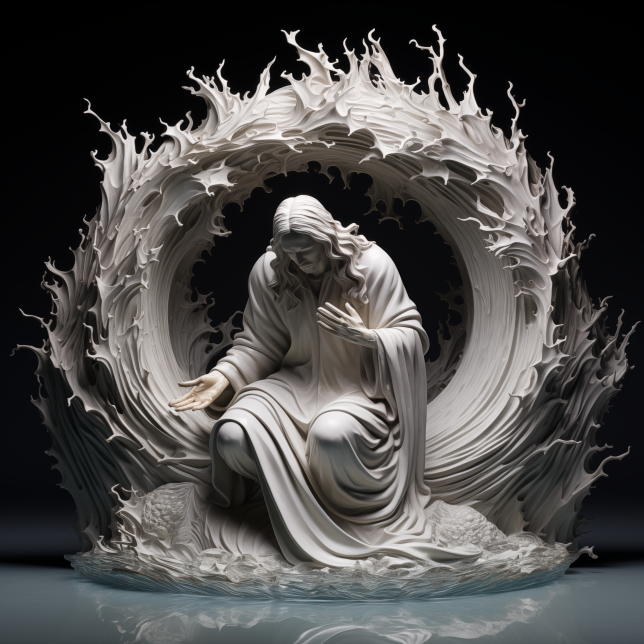The intersection of art and law presents a unique challenge: balancing the boundless nature of artistic creativity with the necessary structure of legal principles. Art law seeks to protect artists and their work while also fostering innovation and collaboration.

Our firm, specializing in art and entertainment law, offers this analysis of the crucial balance between artistic creativity and legal considerations.
Copyright is the cornerstone of legal protection for artists. It grants creators exclusive rights over their original works, safeguarding them from unauthorized reproduction, distribution, adaptation, performance, and display. Copyright protects the expression of an idea, not the idea itself. This protection allows artists to control the use of their work and receive compensation for its use. However, copyright can sometimes be perceived as limiting artistic freedom. The fear of infringement can lead to self-censorship and discourage artists from exploring certain themes or techniques. Finding a balance between protecting copyright and encouraging creative exploration is crucial.
Artistic license is a concept that acknowledges the inherent subjectivity and interpretive nature of art. It allows artists some leeway in using existing works or ideas, particularly when creating transformative works that add new meaning or purpose. However, artistic license is not a blanket exemption from copyright law. It must be exercised within the boundaries of fair use. Fair use is a legal doctrine that allows limited use of copyrighted material without permission for purposes such as criticism, commentary, news reporting, teaching, scholarship, or research. Determining whether a particular use qualifies as fair use involves a case-by-case analysis considering factors such as the purpose and character of the use, the nature of the copyrighted work, the amount and substantiality of the portion used, and the effect of the use upon the potential market for or value of the copyrighted work.
Collaborations and collective creations raise complex legal issues regarding ownership, authorship, and profit sharing. Establishing clear written agreements between collaborators is essential. These agreements should define each party’s contributions, ownership rights, responsibilities, and how profits or other benefits will be divided. Without a clear agreement, disputes can arise, potentially hindering the project or leading to costly legal battles.
While copyright protects original works of authorship, patents protect inventions and discoveries. In the art world, patents might be relevant for protecting new artistic tools, materials, or processes. For example, an artist who develops a unique method for creating sculptures could seek patent protection to prevent others from commercially exploiting that method.
Contracts are essential for establishing clear professional relationships in the art world. Agreements between artists and galleries, artists and collectors, artists and collaborators, and other parties should be documented in writing. These contracts should clearly define the terms of the relationship, including ownership rights, payment terms, delivery schedules, and other relevant details.
Beyond legal compliance, ethical considerations play a crucial role in maintaining artistic integrity. Artists should respect the intellectual property of others, properly attribute sources, and avoid plagiarism. Ethical practices contribute to a healthy and vibrant art community.
Balancing artistic creativity with legal considerations is a constant challenge. By understanding the basics of copyright, fair use, contracts, and other relevant legal principles, artists can protect their work, navigate professional relationships effectively, and foster their creativity within a framework of legal protection. Seeking legal advice from experienced professionals specializing in art law can provide valuable guidance and help artists navigate the complexities of this dynamic field.